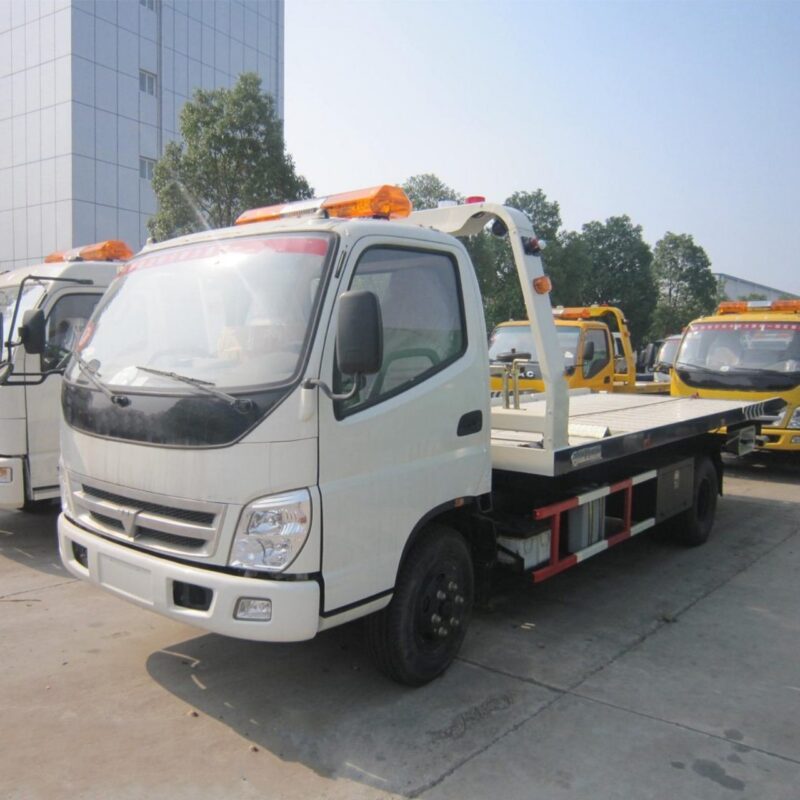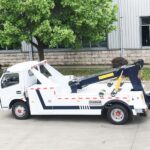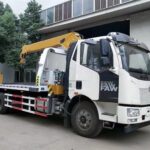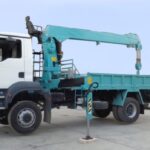A ikuspegia kamioia coming to the rescue of a stranded vehicle on the side of the road is a common one. From breakdowns and accidents to illegally parked cars, kamioias play a vital role in keeping our streets safe and clear. Hala ere, when you find yourself in need of a kamioia, you might realize that not all kamioias are created equal. Choosing the right kamioia for your specific needs is essential. In this comprehensive guide, we will explore the different types of kamioias, their capabilities, and the factors to consider when selecting the most suitable one.
Types of Tow Trucks
Before diving into the nitty-gritty of choosing the right tow truck, let’s first understand the different types of kamioias available:
1. Flatbed Tow Trucks: Flatbed dorre kamioias are one of the most versatile options. They feature a flat platform that can be hydraulically inclined to make loading and unloading vehicles easier. These are excellent for towing standard cars, SUVs, and motorcycles.
2. Hook and Chain Tow Trucks: Hauek ohiko garabi-kamioias use chains and hooks to secure the vehicle. While they are suitable for short-distance tows, they are less commonly used today due to the risk of damaging the towed vehicle.
3. Wheel-Lift Tow Trucks: These trucks use a metal yoke to secure the vehicle’s front or rear wheels. They are less damaging to the towed vehicle compared to hook-and-chain tow trucks, making them a popular choice.
4. Garraio Integratuas: Hauek kamioias combine both the recovery eta towing capabilities in a single unit. They are particularly suitable for heavy-duty towing eta recovery operations.
5. Boom Tow Trucks: Boom tow trucks are equipped with an adjustable boom winch, which can be used to lift a vehicle out of ditches or over obstacles. They are often used for off-road recoveries.
6. Self-Loader Tow Trucks: Self-loader tow trucks are designed with a boom and wheel-lift feature. This allows the driver to load the vehicle without the need for a second operator.
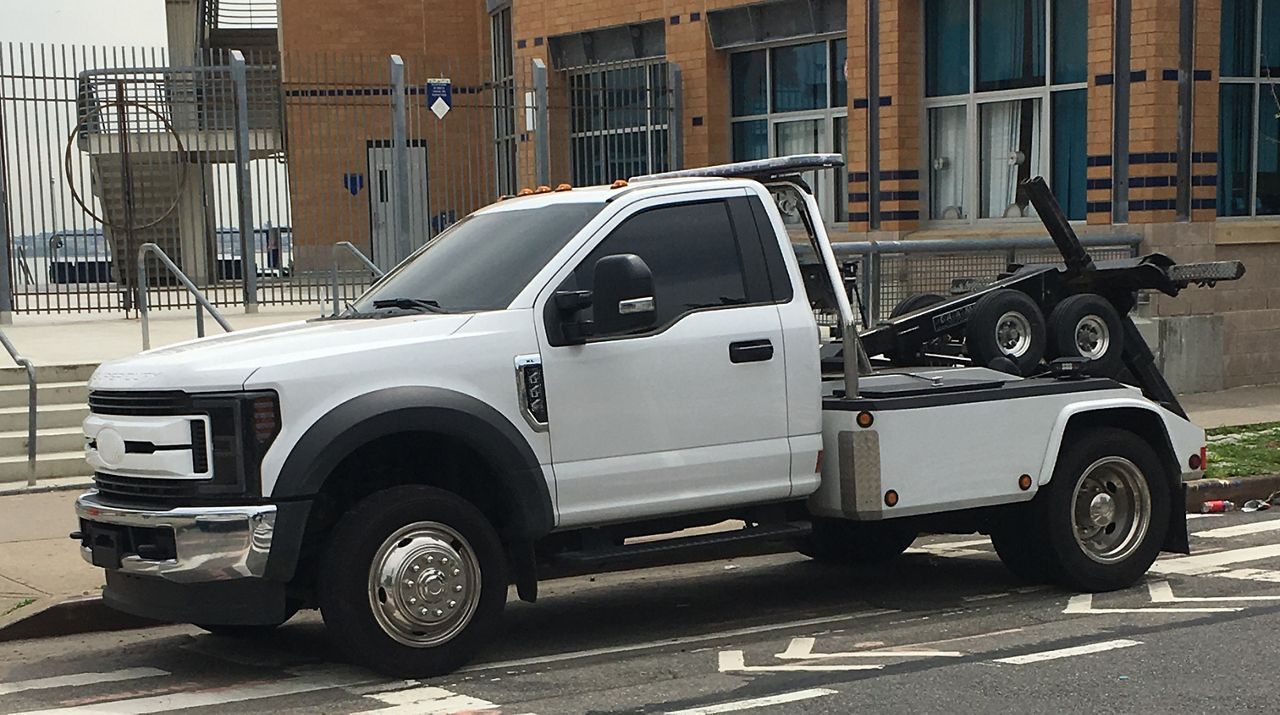
Factors to Consider when Choosing a Tow Truck
Now that you know the different types of kamioias, here are the key factors to consider when choosing the right tow truck:
1. Type of Vehicle: The type of vehicle you need to tow is a critical consideration. For compact cars, oinplanoko garabi-kamioias or wheel-lift tow trucks are usually sufficient. On the other hand, heavy-duty vehicles like trucks and buses require specialized tow trucks with more lifting capacity.
2. Distance of the Tow: The distance you need to tow your vehicle can impact your choice of kamioia. If you’re towing a short distance within a city, a wheel-lift tow truck might be suitable. For long-distance tows, a oinplanoko garabi-kamioia provides more stability and protection for the towed vehicle.
3. Terrain: Consider the terrain where the tow will take place. If the vehicle is stuck in an off-road location, a boom tow truck or a self-loader tow truck might be necessary for effective recovery.
4. Weight and Size: The weight and size of the vehicle being towed are crucial. Make sure the kamioia you choose has the necessary weight capacity eta towing equipment to handle the load safely.
5. Accessibility: Think about where the vehicle is located. Is it in a confined space or on a narrow street? Some kamioias are better equipped for tight spaces, making them a suitable choice for urban towing.
6. Condition of the Vehicle: If the vehicle is severely damaged or in a precarious condition, you’ll want a tow truck with advanced recovery capabilities. Dorre kamioi integratuas or boom tow trucks can be ideal for such scenarios.
7. Legal Requirements: Familiarize yourself with the legal regulations eta requirements for towing in your area. Some regions have specific rules regarding the use of certain kamioia types, especially for larger vehicles.
8. Cost and Budget: Different kamioias come with varying price tags. Consider your budget when selecting a kamioia. Keep in mind that while a cheaper option might save you money upfront, it could lead to higher costs in vehicle repair if it’s not the right fit.
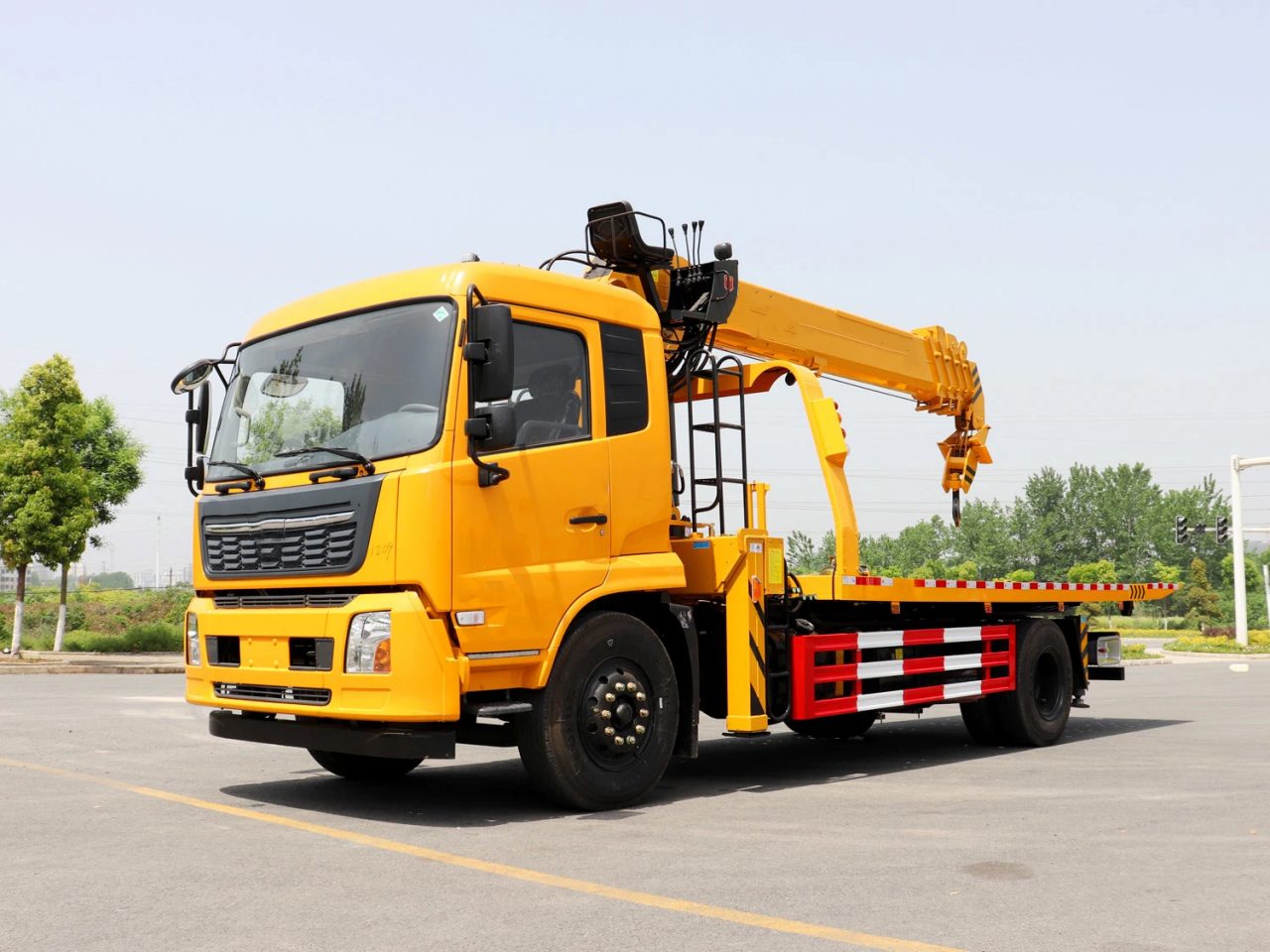
Towing Safety and Regulations
Safety should always be a top priority when choosing a kamioia and when towing vehicles. Here are some safety tips and regulations to keep in mind:
1. Proper Training: Ensure that the tow truck operator is properly trained and licensed. This helps prevent accidents and damage during the towing process.
2. Secure the Vehicle: Make sure the towed vehicle is securely fastened to the kamioia. Any loose connections can result in accidents or damage to the vehicle.
3. Visibility: Maintain proper visibility. Use warning lights and cones to alert other drivers to your presence, especially if you’re towing a vehicle on the side of the road.
4. Weight Distribution: Distribute the weight of the towed vehicle evenly to avoid issues with the kamioia‘s stability.
5. Know the Regulations: Familiarize yourself with local, state, and federal regulations related to towing, including weight limits and safety requirements.
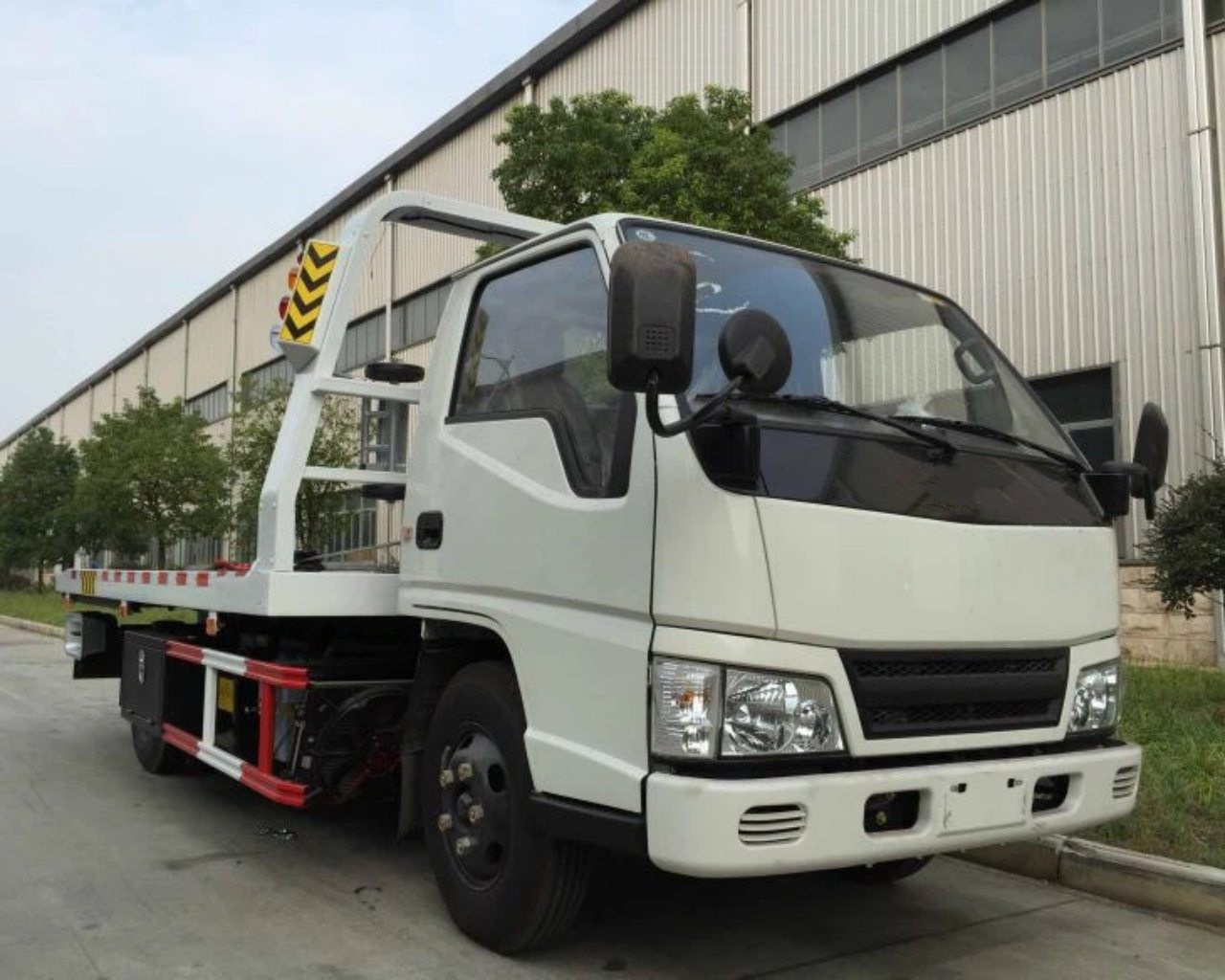
Ondorioa
Choosing the right tow truck is a crucial decision when you find yourself in need of a tow. The type of kamioia you select should align with the specific needs of your situation, taking into account the type of vehicle, distance of the tow, terrain, vehicle size and weight, accessibility, and budget. Safety should always be a priority when towing, and it’s important to comply with all relevant regulations.
By understanding the different types of kamioias and the factors to consider when choosing one, you can ensure that your towing experience is not only effective but also safe and problem-free. Whether you’re a professional tow truck operator or a ibilgailuaren jabea in need of assistance, making an informed choice will make the towing process smoother and more secure. So, the next time you see a kamioia on the road, you’ll know that choosing the right one is more than just a matter of convenience—it’s a matter of safety and efficiency.

